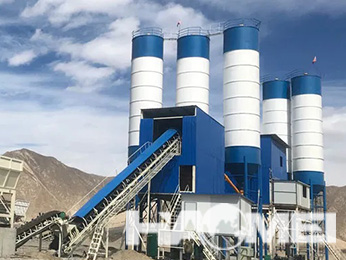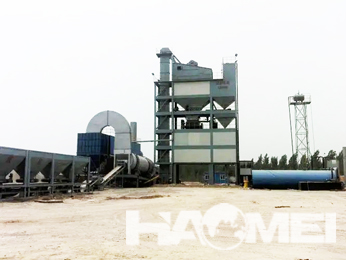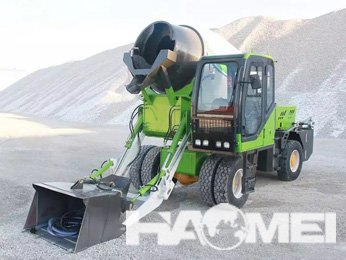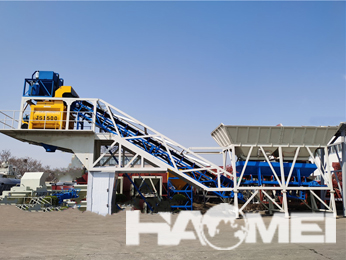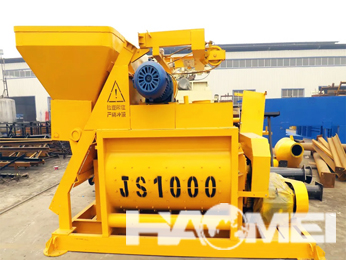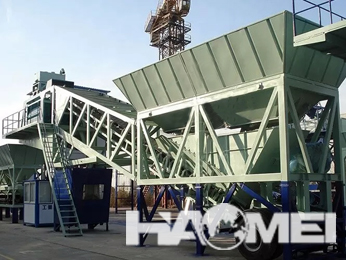
News
Hot Products
Do You Know About the Self-Loading, Self-Discharging, and Self-Mixing Concrete Mixer?
With the rapid development of modern construction projects, the self-loading, self-discharging, and self-mixing concrete mixer (also known as a self-loading concrete mixer truck) has become widely used in various scenarios such as road construction, rural infrastructure, tunnel engineering, and water conservancy projects due to its high mobility and integrated operation capabilities. This equipment integrates loading, mixing, transportation, and discharging functions, and is often referred to as a "mobile mini concrete batching plant."
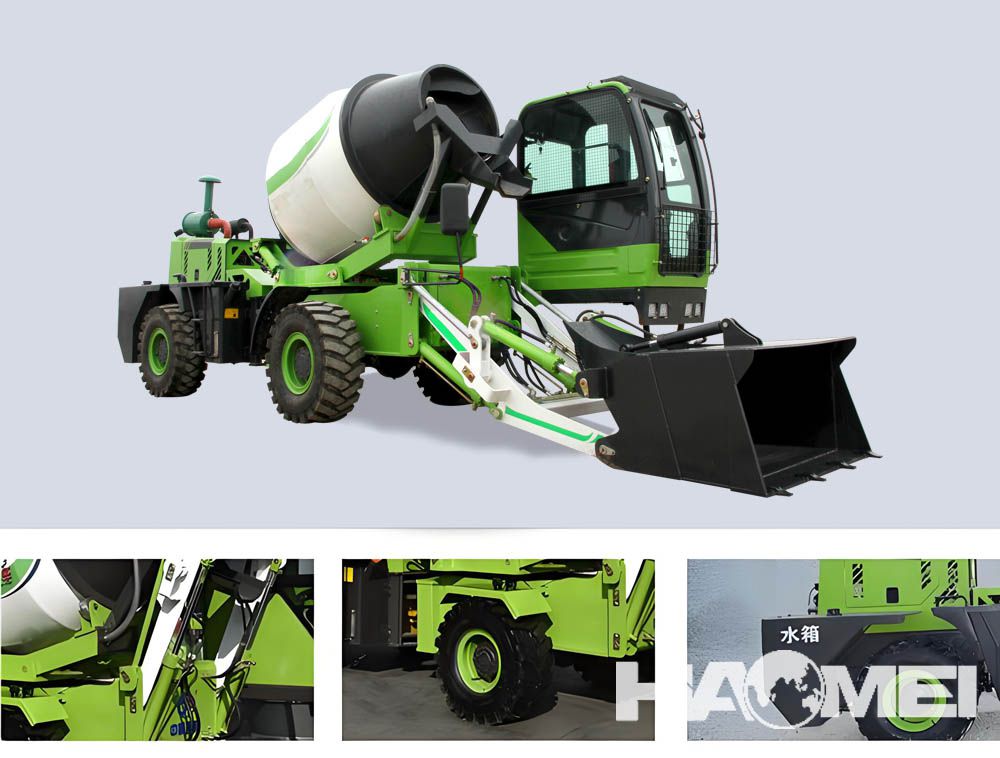
What Is a Self-Loading, Self-Discharging, and Self-Mixing Concrete Mixer?
This type of concrete mixer is a multifunctional piece of equipment mounted on a four-wheel drive chassis. It features the following capabilities:
Self-loading: Raw materials such as sand, gravel, and cement are automatically loaded via a front-end bucket.
Automatic water dosing: Equipped with a water tank and metering system for accurate water addition.
Self-mixing: The mixing drum can rotate 360°, ensuring a uniform and thorough mix.
Self-discharging: The hydraulic system controls precise and directional unloading of the finished concrete.
It requires only one operator and is suitable for various complex terrains without needing external power sources or a centralized concrete batching plant.
HAOMEI Machinery specializes in manufacturing self-loading mixer trucks. Common models include 1.2m³, 1.6m³, 2.0m³, 3.5m³, 4.0m³, and 5.0m³ drum capacities, allowing users to choose the appropriate model based on their specific project scale and job site conditions.
Self-loading mixer truck features
1. Automated Workflow: Automated loading, mixing, and unloading significantly reduce production and waiting times.
2. On-site Mixing Capability: Eliminates delays from external suppliers, accelerating project schedules.
3. Continuous Operation: Some models support continuous mixing, suitable for large-scale or continuous pours.
4. Reduced Labor Costs: Integration of multiple functions into one unit minimizes the need for additional equipment and manpower—especially beneficial for small to medium-sized projects.
5. Improved Concrete Quality: Precision weighing systems ensure consistent concrete mix quality and reduce quality issues during transport.
6. Flexible Mixing Adjustments: On-site production allows for real-time adjustment of mix designs to meet specific demands.
7. Mobility and Accessibility: Compact design and four-wheel drive enhance maneuverability in narrow or rugged terrain.
8. Cost Efficiency: On-demand production minimizes material waste, reduces dependence on external suppliers, and lowers costs—particularly ideal for remote projects.
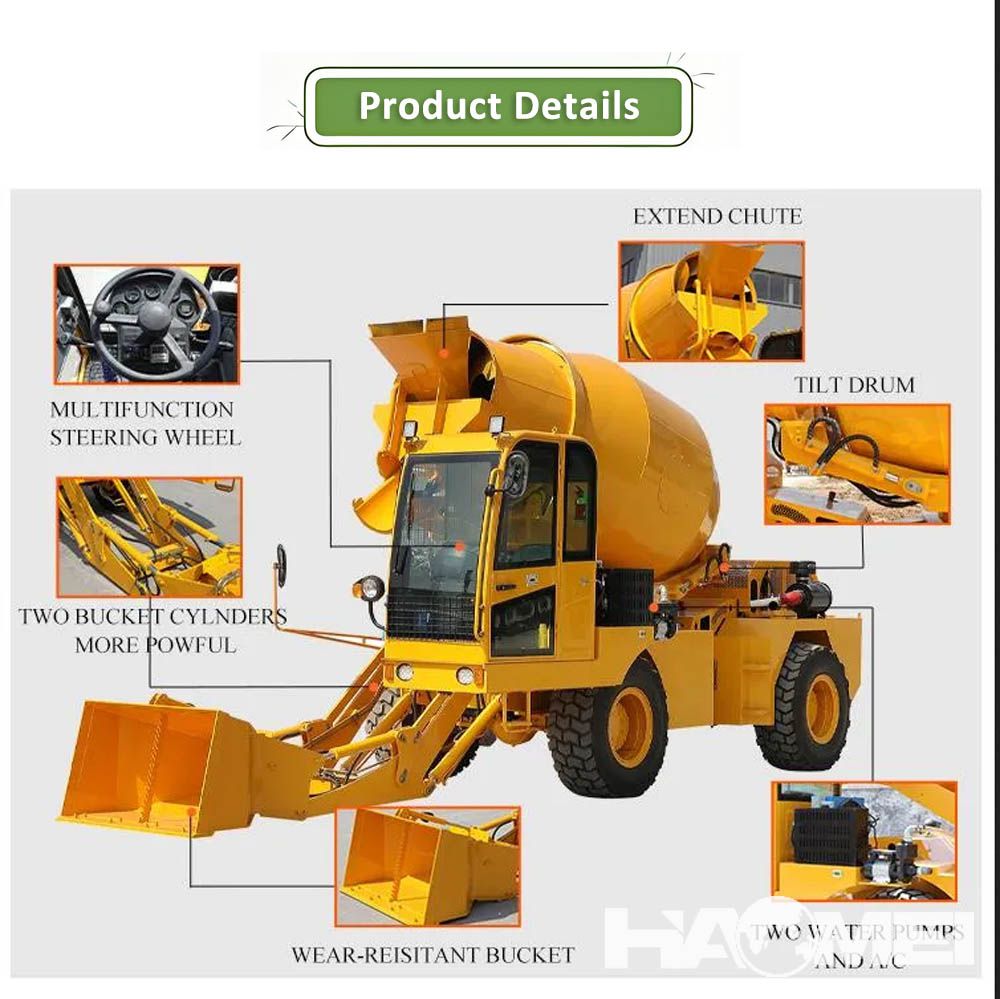
Application Fields
Urban Construction: Operates effectively in tight spaces and high-density environments.
Rural and Remote Construction: Overcomes logistical and infrastructure limitations.
Infrastructure Projects: Suitable for roads, bridges, tunnels, and other large-scale developments.
Special Applications: Mining, precast production, and repair works.

